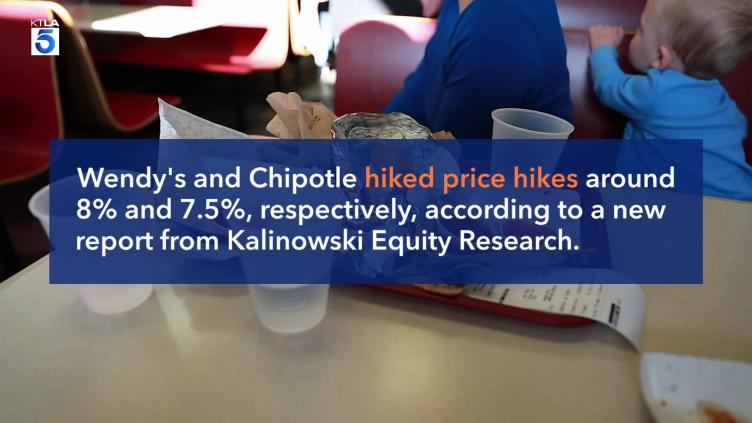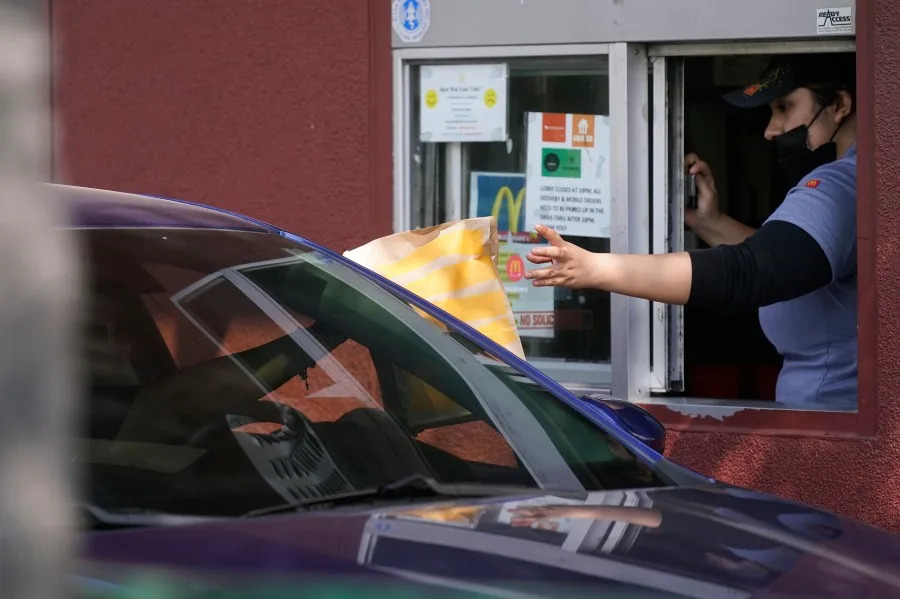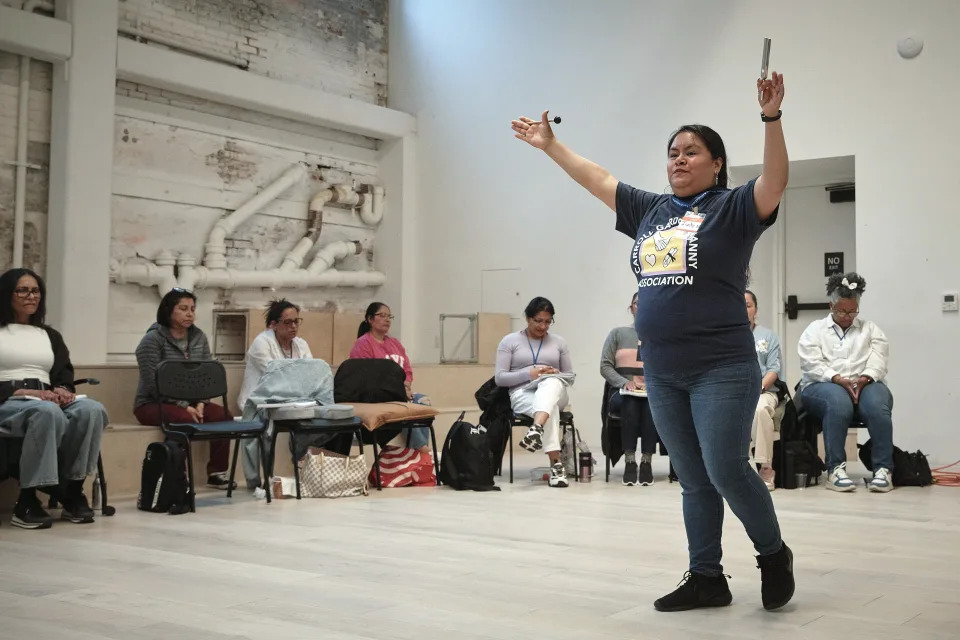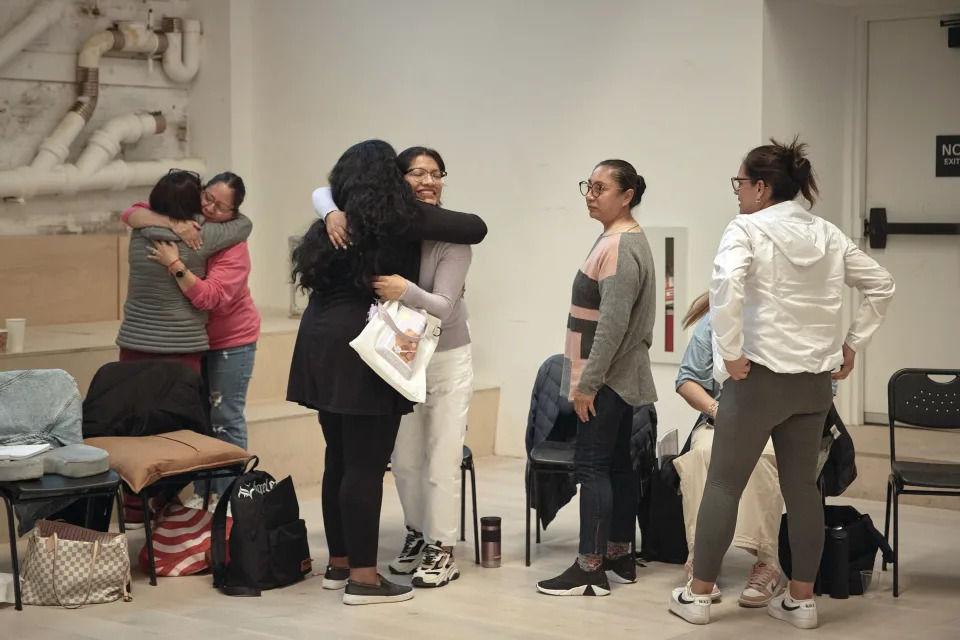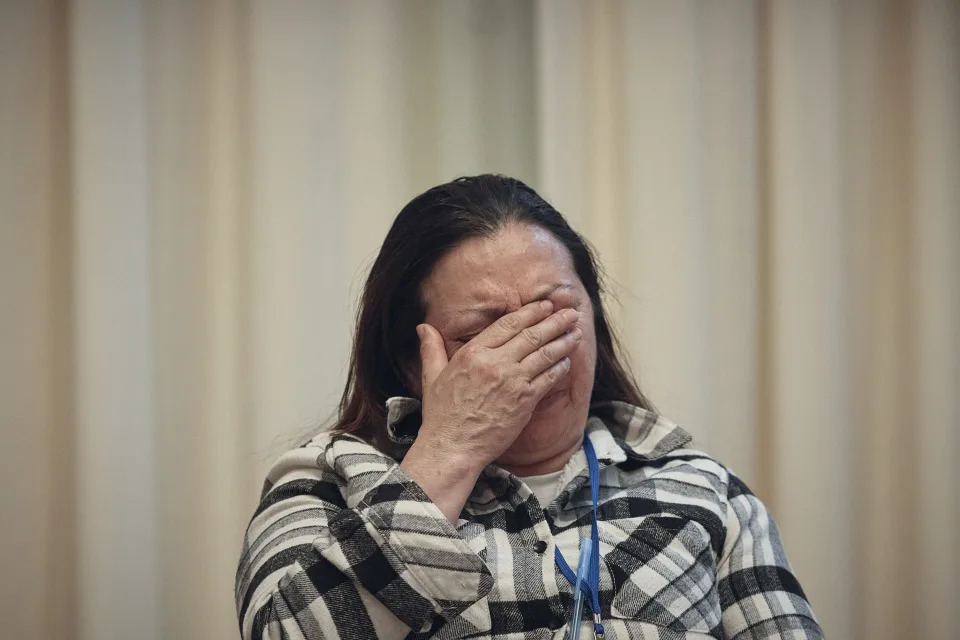Alberta hospital laundry job cuts to begin in September as work outsourced
Janet French

Alberta Health Services says 334 workers will lose their jobs by next April as it outsources the last of its in-house laundry work.
K-BRO WAS CREATED WHEN KLEIN CONTRACTED OUT LAUNDERY SERVICES IT IS NOW A NORTH AMERICAN MONOPOLY IN LAUNDRY CARE CONTRACTING OUT
A transition will begin in September, starting in rural areas around Calgary, when company K-Bro Linen Systems will take over the work. By April 2022, all linens from AHS hospitals and care centres will be washed, sorted and shunted around by K-Bro.
The company already handles about two-thirds of AHS's linens, including in Edmonton and Calgary facilities.
"AHS is confident that K-Bro will continue to provide this high-quality service throughout the province on a continuous basis at their state-of-the-art facilities," AHS spokesperson Kerry Williamson said in an email.
Although he said costs will be lower with the service outsourced, he was unable to provide a dollar figure Monday.
The employees, AHS, and their union will "explore potential options" to see if laid-off laundry workers can get new jobs with K-Bro, Williamson said.
It will be mostly people in small cities and rural communities affected by the move, said Sandra Azocar, executive director of Friends of Medicare.
Many of the employees are in Medicine Hat, she said, but there may not be new jobs there. She says it's likely the linens will be trucked to Calgary. No one from K-Bro could be reached for comment Monday afternoon.
Trucking laundry around Alberta instead of washing it locally could also lead to shortages when the roads are in poor condition, said Alberta Union of Provincial Employees vice-president Kevin Barry.
Outsourcing all linen handling was one of several recommendations in the 2019 EY report, which was commissioned by the government to find possible cost savings and operational improvements for AHS.
The EY report said outsourcing seven services, including laundry, food and others, would save between $100 and $146 million a year. It would also prevent AHS from spending $200 million to upgrade aging in-house laundries.
Last October, the province announced up to 11,000 public health-care jobs would be outsourced.
It prompted hundreds of workers to stage an illegal walkout later that month.
Government seeks private clinics for hip and knee surgeries
Last week, the government also said it's accepting proposals for future private clinics to perform hip and knee surgeries in Edmonton and Calgary.
The province hasn't said how many of the surgeries it would like to outsource, or when they would begin the procedures.
The move is part of a UCP pledge to tackle growing surgical waitlists, which were exacerbated by the COVID-19 pandemic.
Government data shows some Albertans are waiting longer than a year for a hip or knee replacement once they're ready for surgery.
In a news release, the government said 45 per cent of people in line for knee surgeries are waiting longer than the recommended maximum of six months, as were 40 per cent of people awaiting a new hip.
Its plan is to spend $140 million on private, low-risk orthopedic surgeries during the next seven years, but the cost of individual contracts will depend on the bids.
A similar initiative in Saskatchewan saw wait times drop only temporarily while that province was putting more funding into public and private surgeries.
Critics say these kinds of arrangements don't resolve systemic problems that cause waitlists and introduce risks for taxpayers.
Azocar says the health system is already struggling to retain workers burned out from the pandemic and facing government wage cuts.
If private clinics now compete for those workers, it will drive up pay and costs in both sectors, she said.
"It just doesn't make sense for this government to be so bent on privatizing public health care when they can't even address some of the issues that are taking place within our public system," she said.


/cloudfront-us-east-1.images.arcpublishing.com/tronc/K2RKUNACCNEV5LDCDJAAFF5Y7M.jpg)













